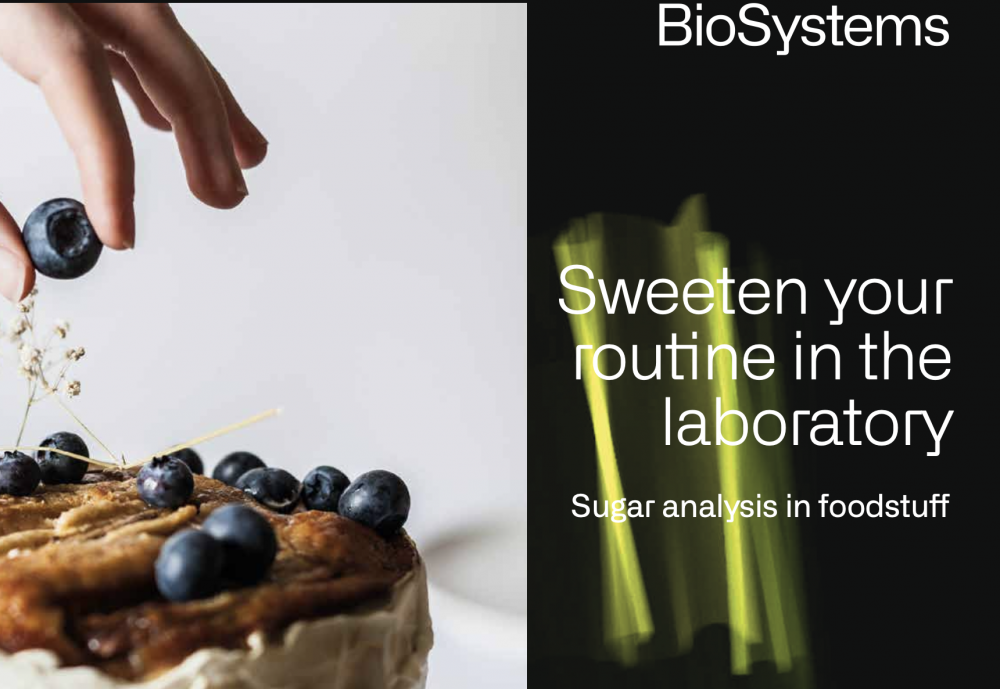JOURNAL 3074
Records of Agricultural and Food Chemistry
Year: 2024 Issue: 3 Special Issue: Abstracts 3rd. TCS, International Food Chemistry Congress February 29-March 03,2024 Antalya Türkiye
p.27 - 27
Viewed 749 times.
GRAPHICAL ABSTRACT

ABSTRACT
Sugars and organic acids represent nutritive and flavoring components of fruit-based products, significantly influencing their soluble solid content and sensory characteristics. When processing fruit products and storing them, the sugars and organic acids in them are less likely to undergo changes compared to other components such as pigments, antioxidants, and flavor compounds. Therefore, analyzing the composition of sugars and organic acids in fruit-based products, like fruit juices, can be useful in verifying the authenticity of the juice and ensuring quality. Moreover, microbial growth can be effectively monitored by analyzing various metabolic by-products they generate, including lactic acid, acetic acid, or ethanol. These products can be automatically regulated throughout the entire process, providing a simple and reliable method to ensure the quality and authenticity of the final product. Understanding the precise qualitative and quantitative distribution of characteristic sugars and organic acids in fruit-based products is essential for quality assessment. Chromatography techniques like HPLC, GC, LC-MS, and GC-MS are useful for identifying and quantifying sugars and organic acids. Recent advancements in MS instrumentation allow precise measurements and compound identification at low concentrations. However, these methods have low throughput characteristics, requiring complex sample preparation and longer analysis times. Alternative methods include capillary electrophoresis, biosensors, electrochemical sensors, and NIR spectroscopy for quick and sensitive analysis of fruit-based products. The food industry relies on rapidly and accurately detecting sugars and organic acids in fruit-based products to ensure their quality, authenticity, and nutritional value. In recent years, significant advancements have been made in developing new detection techniques to enhance sensitivity, specificity, speed, and cost-effectiveness [1-4]. This review presents an automated enzymatic approach for determining sugars and organic acids using automated analytical techniques, which provides fast, affordable, and efficient analyses compared to manual chromatography methods. Additionally, this review provides an overview of recent trends in rapidly detecting sugars and organic acids in fruit-based products and offers some future remarks.
KEYWORDS- Sugars
- organic acids
- fruit juices
- automated enzymatic methods